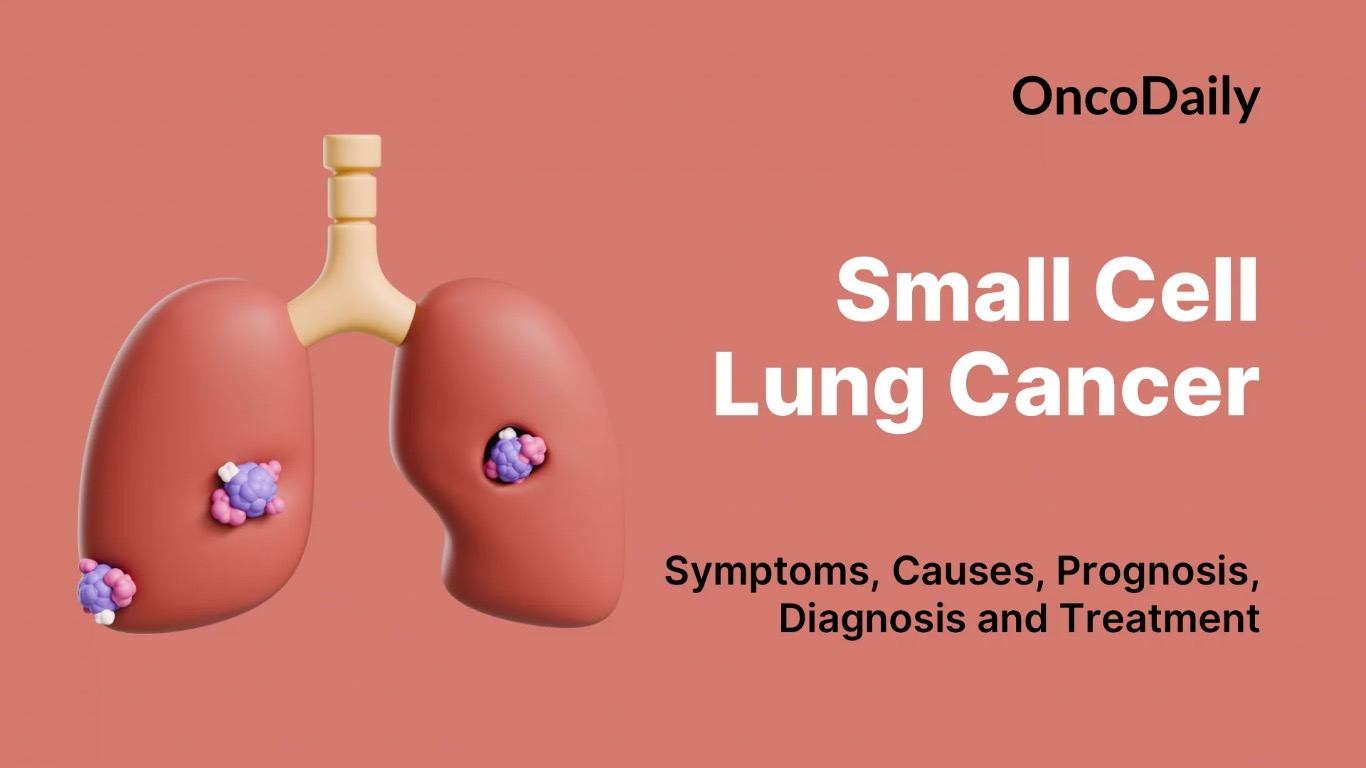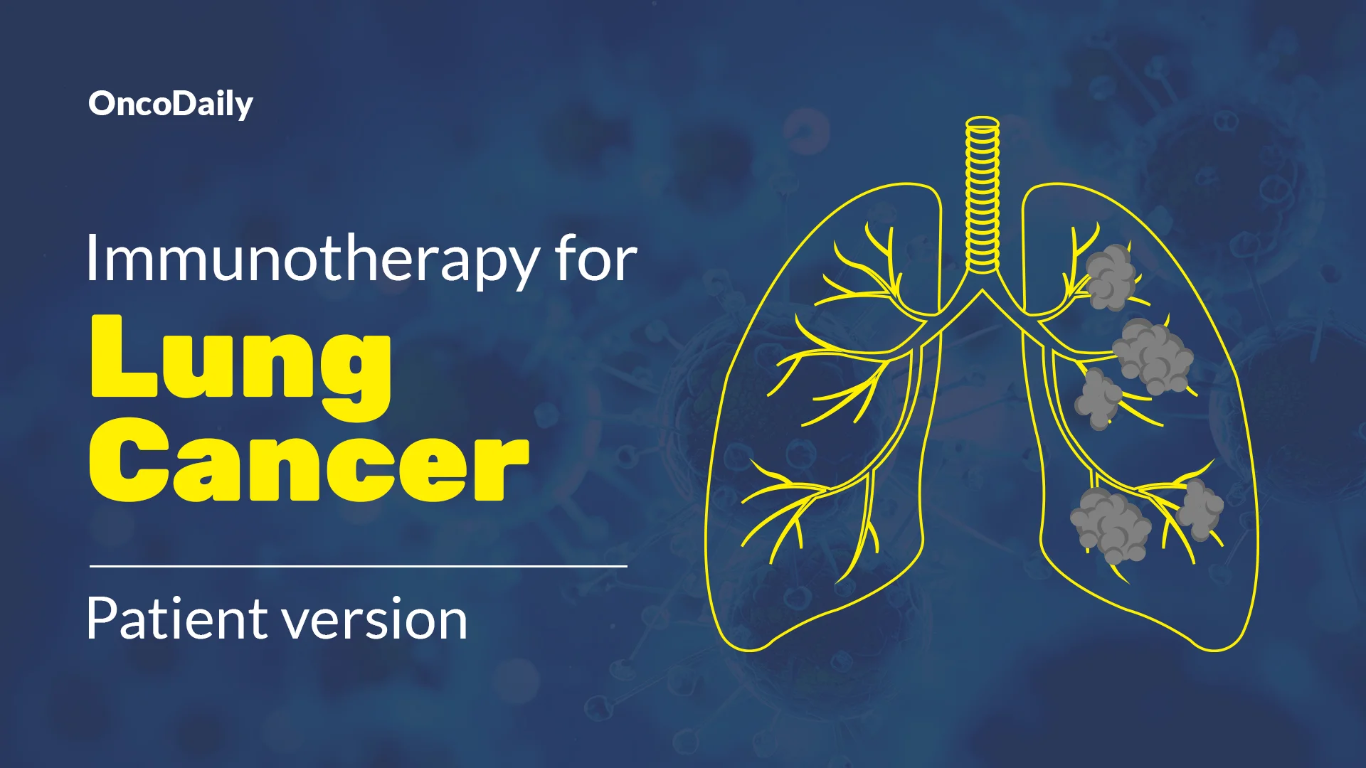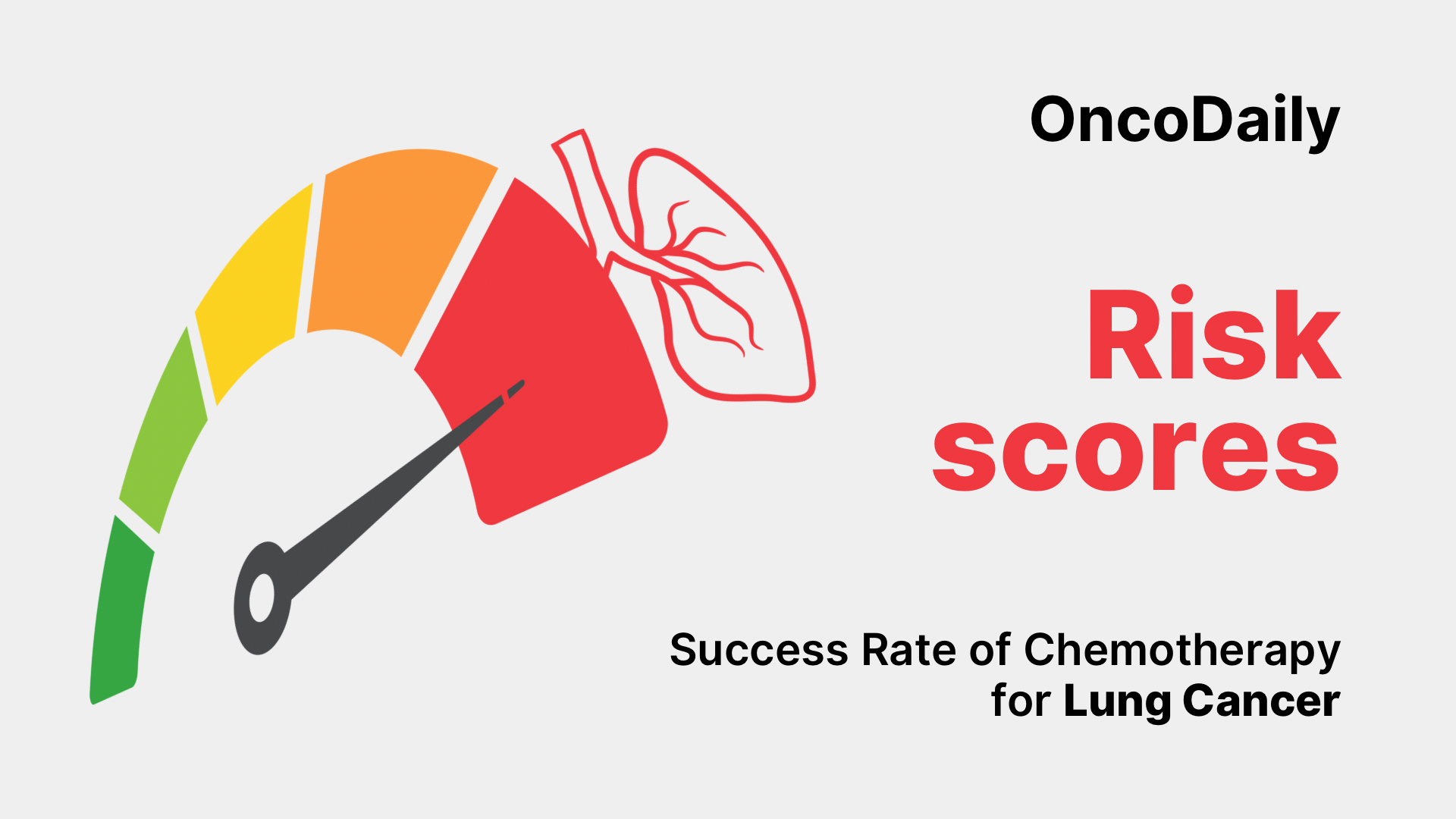Lung cancer remains the leading cause of cancer-related mortality worldwide, accounting for 1.8 million deaths annually (Sung et al., 2021). While targeted therapies and immunotherapies have gained prominence in recent years, chemotherapy continues to be a cornerstone of treatment for both small-cell lung cancer (SCLC) and non-small-cell lung cancer (NSCLC). Many patients and families ask a critical question: what is the success rate of chemotherapy for lung cancer?
The answer is not straightforward. Success depends on multiple factors, including the type of lung cancer, the stage at diagnosis, the specific chemotherapy regimen, and individual patient characteristics such as age, performance status, and presence of comorbidities. This article provides a comprehensive overview of the role of chemotherapy in lung cancer, its success rates across different settings, and the factors influencing outcomes.
Understanding Chemotherapy in Lung Cancer
Chemotherapy refers to drugs that kill rapidly dividing cells, including cancer cells. In lung cancer, chemotherapy may be used in several contexts:
Adjuvant therapy: After surgery, to reduce recurrence risk.
- Neoadjuvant therapy: Before surgery, to shrink tumors and improve operability.
- Definitive therapy: Combined with radiotherapy in locally advanced disease.
- Palliative therapy: In advanced or metastatic disease to prolong survival and relieve symptoms.
The most commonly used drugs for NSCLC include platinum compounds (cisplatin, carboplatin) in combination with agents such as paclitaxel, pemetrexed, gemcitabine, or docetaxel. In SCLC, regimens often combine platinum with etoposide or irinotecan.
Chemotherapy Success Rate in Non-Small-Cell Lung Cancer (NSCLC)
NSCLC accounts for approximately 85% of lung cancers.
Early-Stage NSCLC (Stages I–II)
For patients undergoing surgical resection, chemotherapy is typically given postoperatively (adjuvant therapy). Randomized clinical trials and meta-analyses have shown that adjuvant cisplatin-based chemotherapy improves 5-year overall survival by approximately 5% compared to surgery alone (Pignon et al., 2008). For example, the 5-year survival for stage II NSCLC may increase from 40% with surgery alone to 45% with adjuvant chemotherapy.
Locally Advanced NSCLC (Stage III)
Chemotherapy is often combined with radiotherapy (concurrent chemoradiation). Trials have demonstrated that chemoradiation improves median survival to around 28–30 months, with 5-year survival rates of approximately 20–30% (Antonia et al., 2018). While immunotherapy consolidation has further improved outcomes in recent years, chemotherapy remains an essential backbone.
Advanced or Metastatic NSCLC (Stage IV)
For patients without actionable mutations (EGFR, ALK, ROS1) or PD-L1 high expression, chemotherapy remains a frontline option. Historically, platinum doublet chemotherapy produced median overall survival of 8–10 months and 1-year survival rates of 30–40% (Schiller et al., 2002). With maintenance strategies, survival has modestly improved, but long-term cures remain rare in this setting.
Read About Non-Small Cell Lung Cancer on OncoDaily
Chemotherapy Success Rate in Small-Cell Lung Cancer (SCLC)
SCLC is highly aggressive, representing 15% of lung cancers. It is generally more responsive to chemotherapy than NSCLC, but recurrences are common.
Limited-Stage SCLC
In patients with limited-stage disease treated with chemotherapy and concurrent radiotherapy, median overall survival is about 15–20 months, with 5-year survival rates around 20–25% (Turrisi et al., 1999). Chemotherapy is essential, with cisplatin-etoposide being the standard.
Extensive-Stage SCLC
For extensive-stage disease, chemotherapy alone (or combined with immunotherapy in recent years) is the standard. Traditional platinum-etoposide regimens yield response rates of 60–70%, with median overall survival of 8–10 months and 2-year survival under 10% (Horn et al., 2018). Despite high initial sensitivity, relapse occurs in most patients.

Read About Small Cell Lung Cancer on OncoDaily
Factors Influencing Chemotherapy Success
The success of chemotherapy varies significantly across patients. Key determinants include:
- Stage of disease: Early-stage cancers respond better to adjuvant chemotherapy than advanced disease.
- Tumor biology: Histological subtype, genetic mutations, and proliferative index influence chemosensitivity.
- Performance status: Patients with good functional status tolerate chemotherapy better and achieve superior outcomes.
- Age and comorbidities: Older patients may have more side effects, though many benefit with careful selection.
- Treatment regimen: Cisplatin-based regimens often yield better efficacy than carboplatin but at the cost of more toxicity.
Response Rates and Outcomes
Response rates to chemotherapy are generally higher in SCLC than in NSCLC. In SCLC, overall response rates can exceed 60%, whereas in NSCLC they are typically 20–30% in advanced disease (Schiller et al., 2002). However, durability of response is limited in both settings.
Quality of life also plays a role in defining success. Chemotherapy has been shown to improve symptoms such as cough, dyspnea, and pain, even when survival gains are modest (Dancey et al., 2004).
Chemotherapy in the Era of Targeted Therapy and Immunotherapy
While newer therapies are reshaping lung cancer treatment, chemotherapy remains relevant. Many targeted therapy and immunotherapy regimens still rely on chemotherapy backbones. For example, the addition of pembrolizumab to platinum-based chemotherapy in metastatic NSCLC significantly improves overall survival compared to chemotherapy alone (Gandhi et al., 2018).
In SCLC, the addition of atezolizumab to chemotherapy has modestly improved survival in extensive-stage disease, underscoring the continued central role of chemotherapy (Horn et al., 2018).

Read About Immunotherapy for Lung Cancer on OncoDaily
Side Effects and Limitations
Chemotherapy is associated with well-known toxicities, including nausea, fatigue, hair loss, cytopenias, and neuropathy. These side effects can limit treatment intensity and impact quality of life. Supportive care, growth factors, and dose adjustments are often needed.
Another limitation is resistance. Tumors often adapt, leading to diminishing efficacy with repeated cycles. Research into predictive biomarkers of chemotherapy sensitivity may help identify patients most likely to benefit.
Conclusion
The success rate of chemotherapy for lung cancer varies by cancer type, stage, and treatment context. In NSCLC, adjuvant chemotherapy improves 5-year survival by about 5%, while in advanced disease it offers median survival of 8–10 months. In SCLC, chemotherapy yields high initial response rates but limited long-term survival, with 5-year survival in limited-stage disease reaching 20–25%.
Despite the rise of targeted therapies and immunotherapies, chemotherapy remains a cornerstone of lung cancer treatment, either as a standalone option or in combination regimens. Success is measured not only in survival statistics but also in improved quality of life and symptom control. As oncology advances, chemotherapy continues to provide meaningful benefit to many patients living with lung cancer.
You Can Watch More on OncoDaily Youtube TV
Written by Armen Gevorgyan, MD
